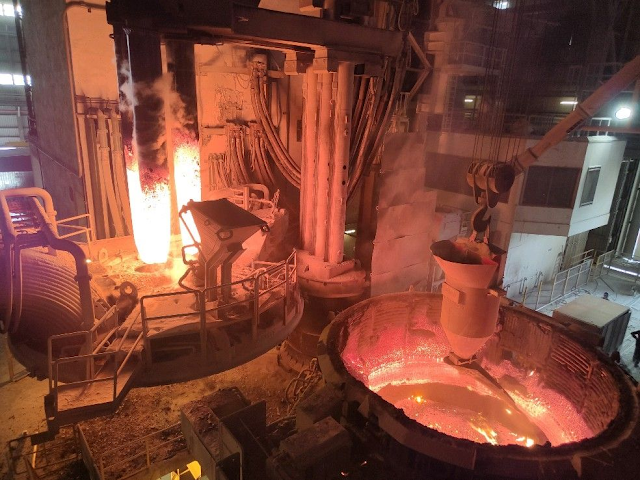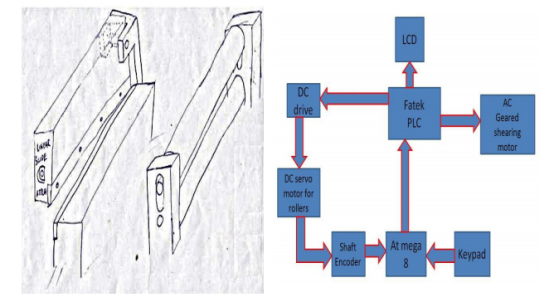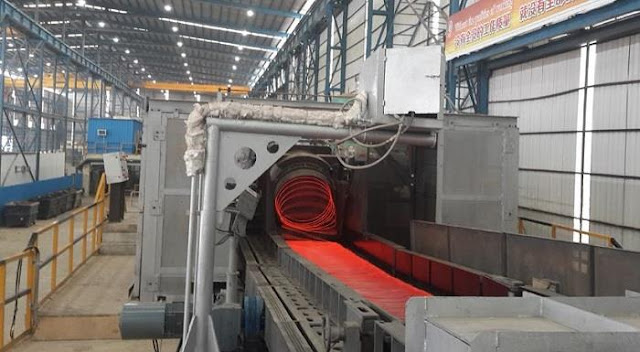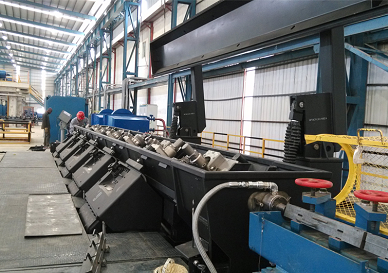The Advantages Of Induction Furnace
According to Wikipedia, the induction furnace is an electrical furnace in which the heat is applied by induction heating of metal. Induction furnace capacities range from less than one kilogram to one hundred tons capacity and are used to melt iron and steel copper, aluminum, and precious metals.
Heating fast, high temperature, easy operation and control, and the less pollution
It is an electric furnace for heating a material using an induced current generated by an induction coil. The material will be placed in a crucible made of refractory material if the metal material is heated. If the non-metallic material is heated, the material is placed in a graphite crucible. Furthermore, the induced current frequency will be corresponding to the increase and result in increased heat when the AC frequency is increased. Induction furnace heating fast, high temperature, easy operation and control, and less pollution of material in the heating process to ensure a high-quality product.
Clean, Energy-efficient
The advantage of the induction furnace is a clean, energy-efficient and well-controllable melting process compared to most other means of metal smelting. Most modern foundries use this type of furnace, and now also more iron foundries are replacing cupolas with induction furnaces to melt cast iron, as the former emit lots of dust and other pollutants.
Uniform heating, small table temperature difference, high accuracy of temperature control
The reason why the uniform heating and the small core table temperature difference is simply because of heat generated in the workpiece itself. And the application of the temperature control system can achieve precise control of the temperature to improve product quality and pass rate.
In addition, the medium frequency induction furnace heating device has the advantages of small volume, light weight, high efficiency, excellent quality of hot processing, and environment-friendly. It rapidly replaces the coal-fired stove, gas stove, fuel stove, and ordinary resistance furnace, which is a new generation of metal heating equipment.
If you are interested in any of our products, pls feel free to contact stella@hanrm.com





.jpg)























